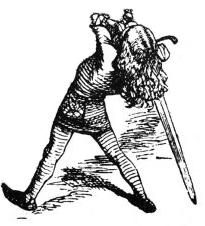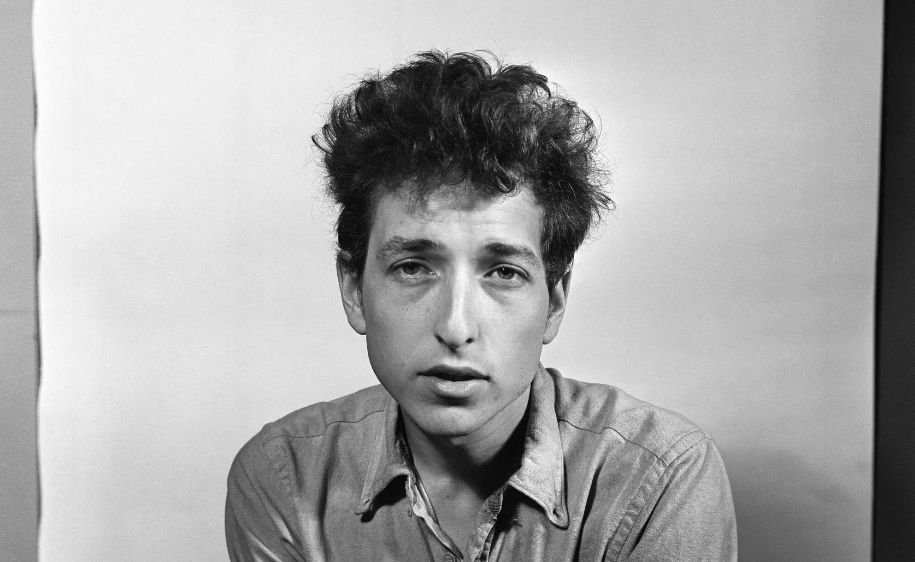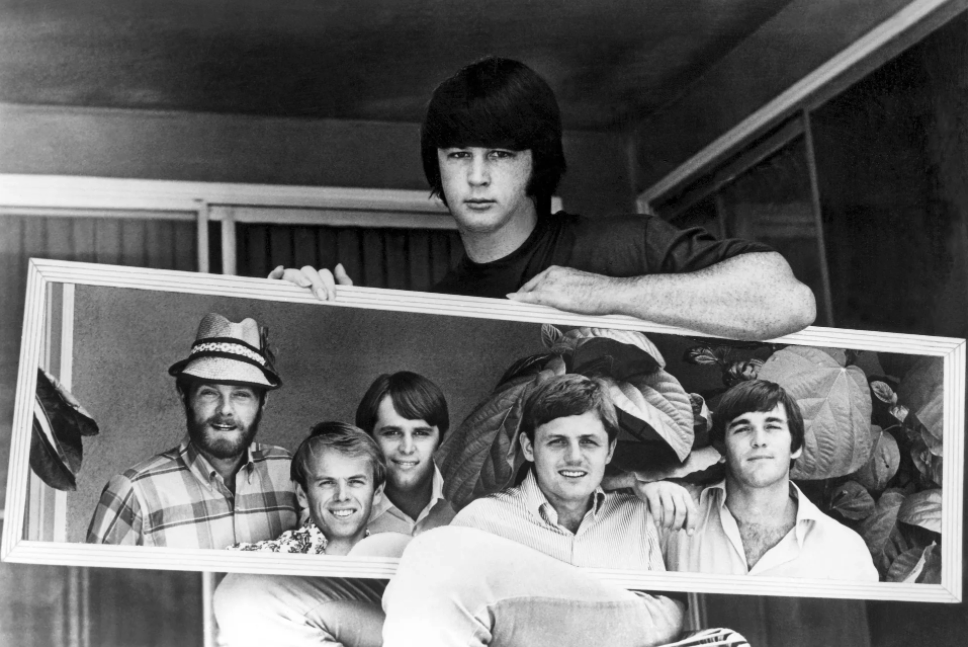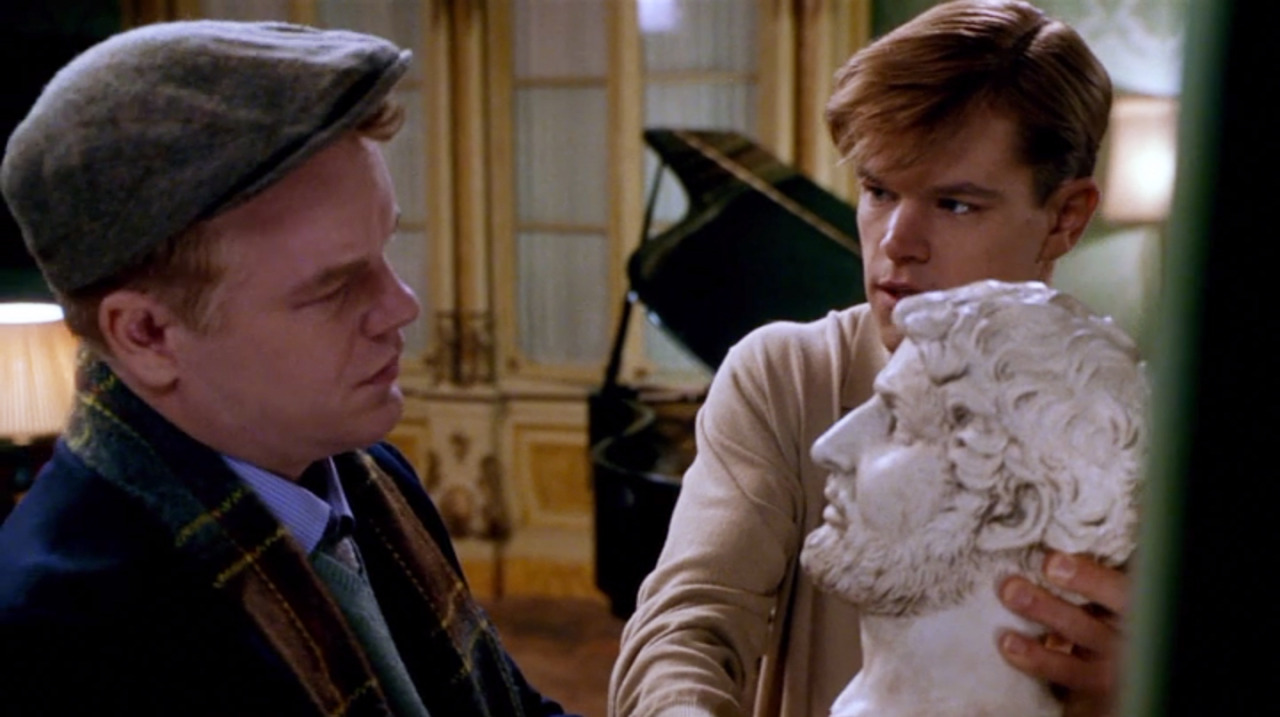With over 600 song credits to his name, comparing Bob Dylan to his contemporaries seems like a fool’s errand. A better comparison might be to that of Franz Schubert – the Romantic German composer who is credited with having written roughly the same number of songs. The difference being that Dylan composes not only his music, but also the words – a feat not matched by many people in history. This is even more profound when considering that in a concert of nearly two hours, relatively few “hits” are played. More impressive still when considering how long a concert of Dylan’s hits would be (a cursory calculation has that concert at well over three hours of non-stop hits).
So, what of the criticisms that Dylan, at 81, is presenting a concert experience that is well past its prime, overdue for retirement?
Seeing Bob Dylan live and being disappointed with his effect is like going to a JK Rowling reading and being upset that she doesn’t voice the characters in the same way that your parents did when they read you the books 20 years ago. There is simply no way that he can please everyone. This, unfortunately, also includes members of his own band.
While the Dutch media panned him for his poor piano playing – sounding at times like he was playing out of tune or other songs all together – closer listening suggest otherwise. Dylan has surrounded himself with a band of five musicians of varying abilities. Credit must be given to drummer Charley Drayton, and bass player Tony Garnier, both of whom are quick to follow Dylan down every path he takes. Cutting a chorus short? No problem. Changing a verse from major to minor? They’re right there with him. Unfortunately, the same can’t be said about the three other musicians. While Bob Britt, Donnie Herron, and Doug Lancio are certainly esteemed musicians, their inability to mould to Dylan’s whims doesn’t always work in service of the live setting. They have diligently learned Dylan’s set list to a T, but are often ill prepared to veer off the charted path, leading to several moments of unintended cacophony. One wonders if Dylan might be better served by a jazz trio, eager and ready to improve around his whims.
Despite these shortcomings, seeing Dylan live is nothing short of awe-inspiring, at time bordering on the transcendental. Dylan has never been known to pander or compromise, and at his advanced age, with a lifetime of experience, his soliloquies and delivery are some of the best I have ever heard. Comparisons of late Frank Sinatra, Duke Ellington, or even Glenn Gould are certainly warranted. Phrases are played with, words stretched or shortened, suspended or cut off in ways only possible by a master so in touch with his art, his performance, and his own self, completely removed from his ego, that he is able to cut all ties with the expected. It is akin to seeing Shakespeare at the Globe, Oscar Peterson live in Paris, or Auguste Rodin entranced in the act of sculpting.
And Dylan is aware of this. As soon as the lights dim, one isn’t greeted by a recording of a contemporary artists, or even one of his own songs, but rather, a recording of Beethoven’s 9th Symphony. The references to timeless culture continue in his lyrics, with “I play Beethoven Sonatas, and Chopin Etudes” in I contain multitudes, or “Written by an Italian Poet from the 11th century” in Tangled up in Blue, or even the use of Offenbach’s melody from Belle nuit, ô nuit d’amour in I’ve Made Up My Mind to Give Myself to You. The man is pulling no punches. Here is Bob Dylan, a pillar in the pantheon of timeless artists, and we are lucky enough to bear witness.



